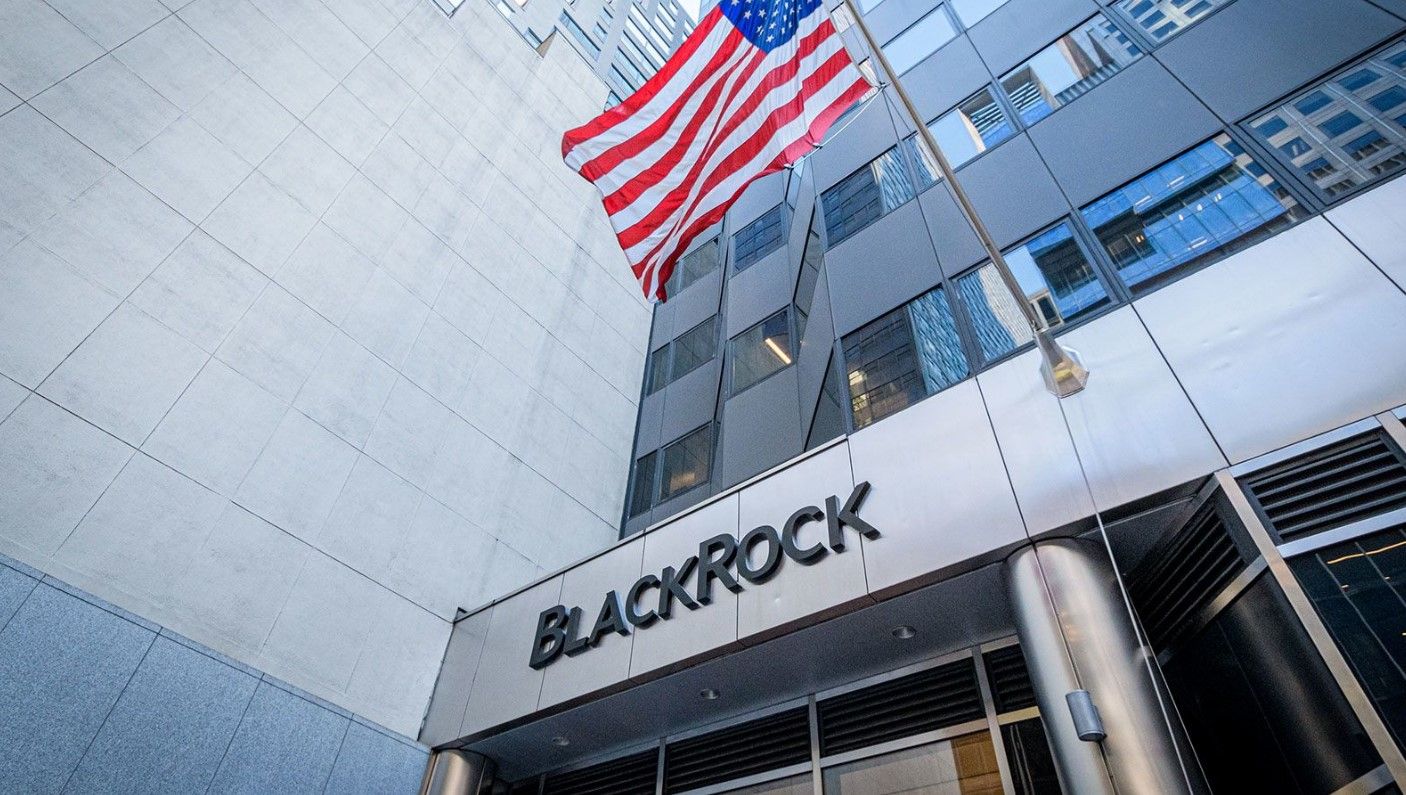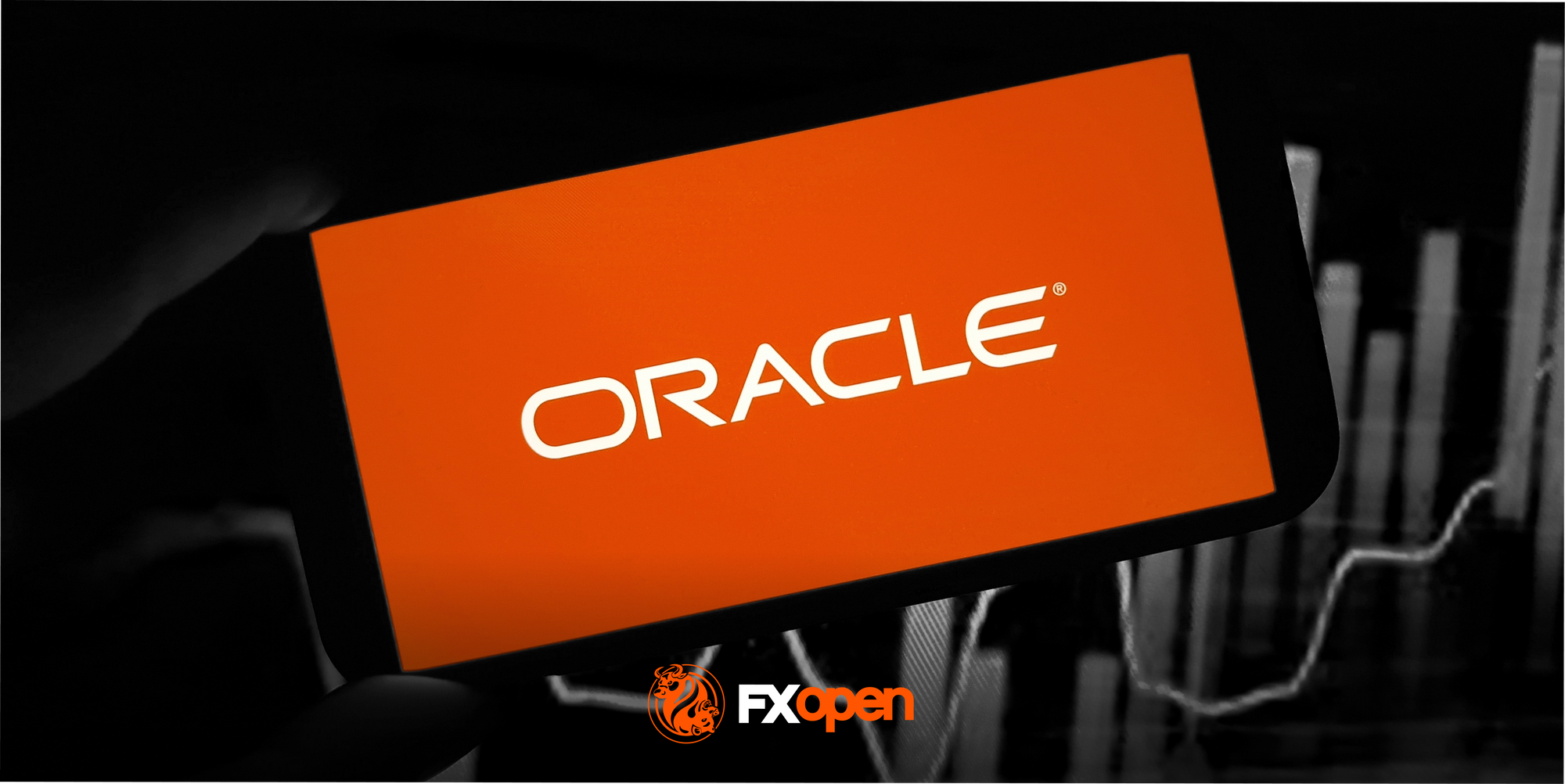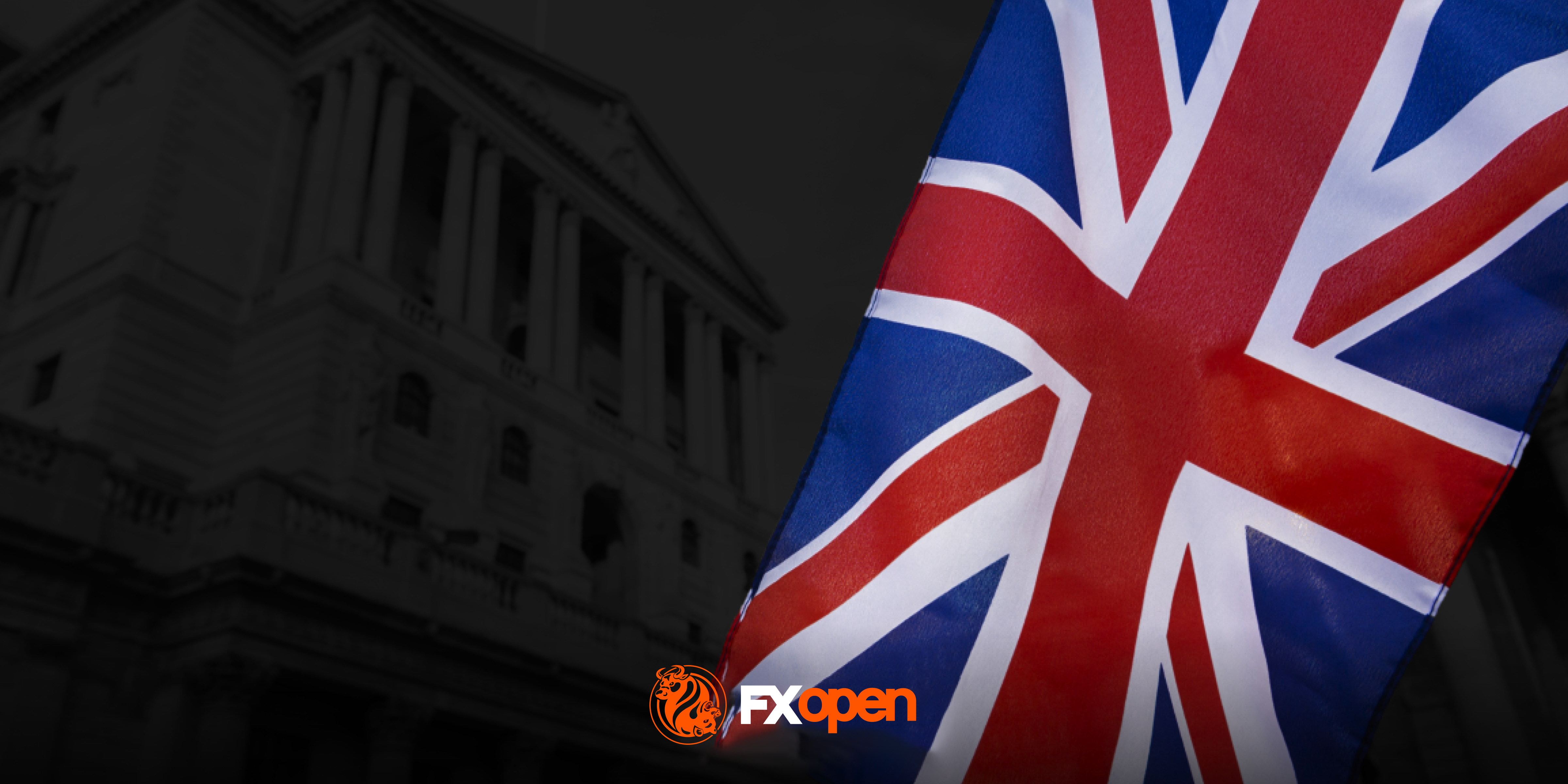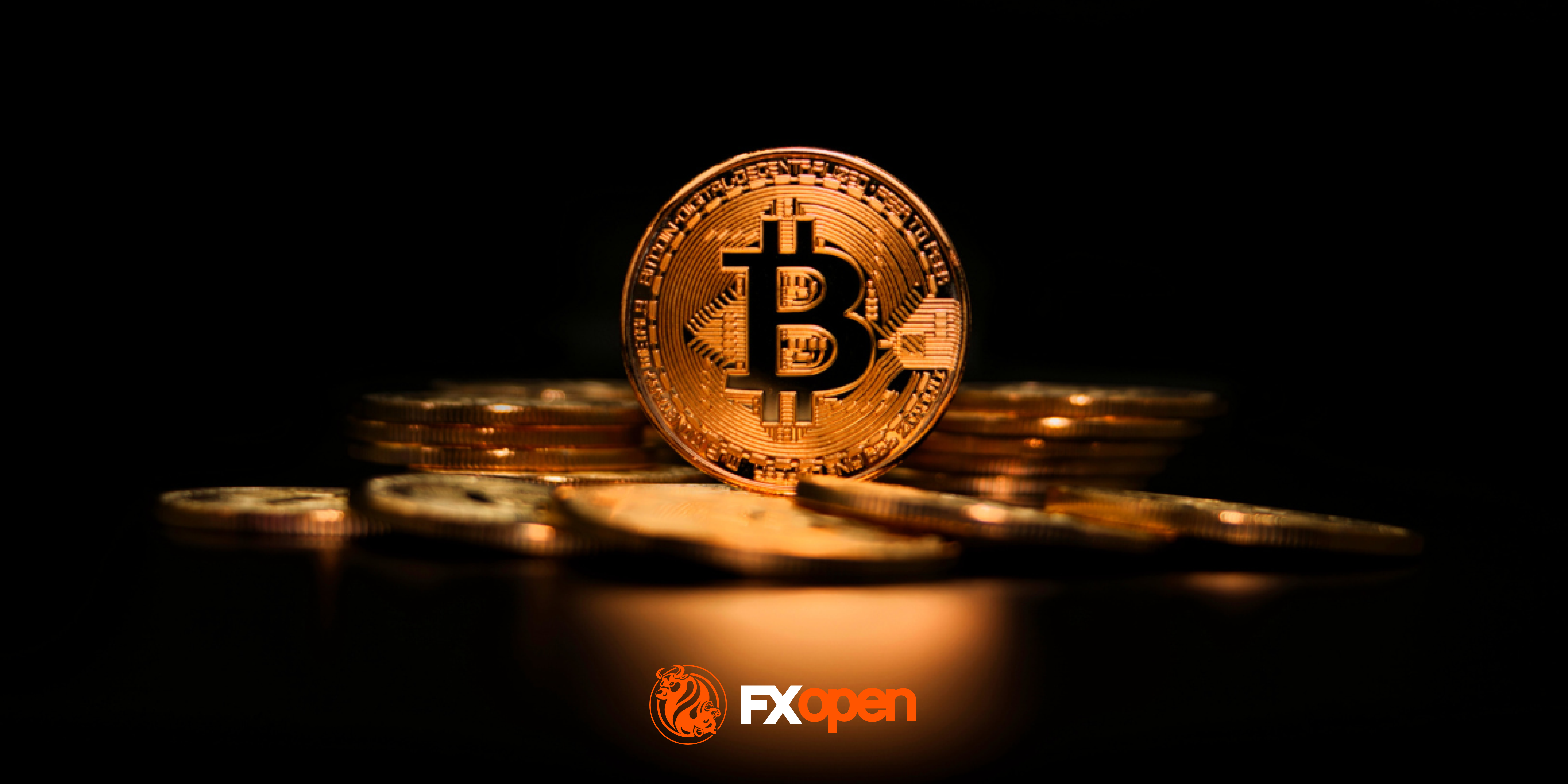FXOpen

August 2023 was a month in which a remarkable surge in the share price of BlackRock, the world's largest asset manager, took place.
From August 22, when it stood near $670, to a one-month high of $706.99 on September 1, BlackRock embarked on an impressive growth trajectory. This article delves into the factors contributing to this surge, the recent dip in share value, and the intriguing relationship between BlackRock's share performance and its criticism of Glencore's environmental policies.
Indicative pricing only
August's Ascension
BlackRock's remarkable rally throughout August was a testament to its resilience in a volatile market. As the month progressed, it became increasingly evident that investors were attracted to the company's growth prospects and solid financial performance. This growing investor confidence was especially pronounced during the final week of August when the share price accelerated, catapulting BlackRock into the league of the most valuable shares on the market.
However, this upward trajectory started to taper off as September dawned. Investors, perhaps cautious about the sustainability of the rally, exhibited some apprehension. The share price dipped slightly, causing some to wonder if BlackRock's impressive performance was merely a transient phenomenon.
The BlackRock-Glencore Nexus
Interestingly, the share price of BlackRock seemed to find renewed vigour amid the backdrop of its criticism of Glencore's environmental policies. BlackRock, holding the position of the third-largest shareholder in Glencore with a stake worth approximately $9 billion, has been one of several investors rejecting Glencore's climate policy during its shareholder gathering in May.
The intersection of finance and environmental concerns has always been a complex one. When companies like BlackRock, entrusted with managing vast sums of money, take a stand on environmental or climate policies, it can trigger caution among investors.
However, it can also be seen as a positive development for shareholders. In this context, BlackRock's engagement with companies in which it holds significant stakes on policies that it views as possibly wrong turns can be viewed as a shrewd move that aligns the interests of both the company and its investors.
Investor Confidence and Future Prospects
The question that lingers is whether the recent uptick in BlackRock's share value is indicative of a sustained trend or merely a momentary blip. The answer may lie in the evolving dynamics between finance and environmental concerns, as well as BlackRock's role in influencing corporate behaviour.
BlackRock's stance on environmental issues, while generating scrutiny and debate, could potentially offer a blueprint for other major investors. If the asset manager's influence results in positive changes in the environmental policies of companies in its portfolio, it may boost investor confidence and further enhance BlackRock's reputation.
Conclusion
The recent surge in BlackRock's share price during August, followed by a slight dip at the beginning of September, reflects the complex interplay of financial performance, investor sentiment, and environmental concerns. The criticism of Glencore's 'green' policies has added an intriguing layer to this narrative, highlighting the influence that large asset managers like BlackRock can wield.
As investors continue to watch closely, the future trajectory of BlackRock's share prices will be influenced by a myriad of factors, including its ongoing engagement with environmental issues and its ability to balance the interests of shareholders with its fiduciary responsibilities. Only time will tell whether investor confidence in BlackRock can return to the levels witnessed in August, but one thing is certain – the intersection of finance and environmentalism will continue to shape the world of investing in the years to come.
Trade global index CFDs with zero commission and tight spreads. Open your FXOpen account now or learn more about trading index CFDs with FXOpen.
This article represents the opinion of the Companies operating under the FXOpen brand only. It is not to be construed as an offer, solicitation, or recommendation with respect to products and services provided by the Companies operating under the FXOpen brand, nor is it to be considered financial advice.
Stay ahead of the market!
Subscribe now to our mailing list and receive the latest market news and insights delivered directly to your inbox.








